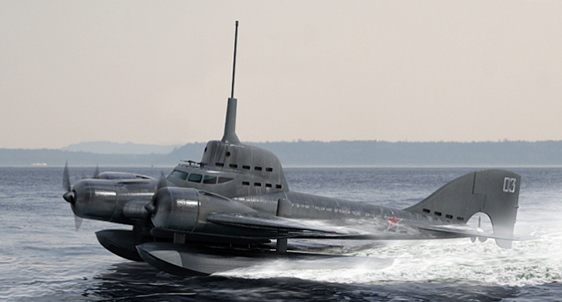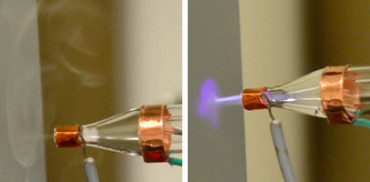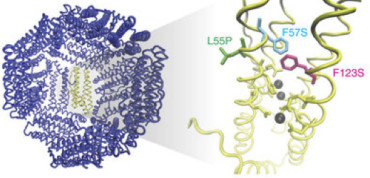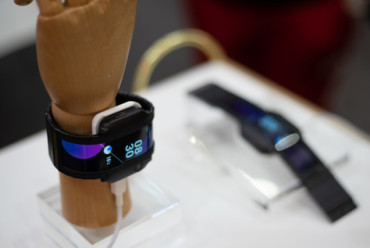In 1939, Russian engineer Boris Ushakov proposed a “flying submarine” — a cool James Bond-style vehicle that could seamlessly transition from air to water and back again. The biggest challenge: aerial vehicles require large airfoils like wings or sails to generate lift, while underwater vehicles need to minimize surface area to reduce drag.
Engineers at the Harvard John A. Paulson School of Engineering and Applied Science (SEAS) decided to try that a new version of their RoboBee microbot, taking a clue from puffins. These birds with flamboyant beaks employ flapping motions that are similar in air and water.





